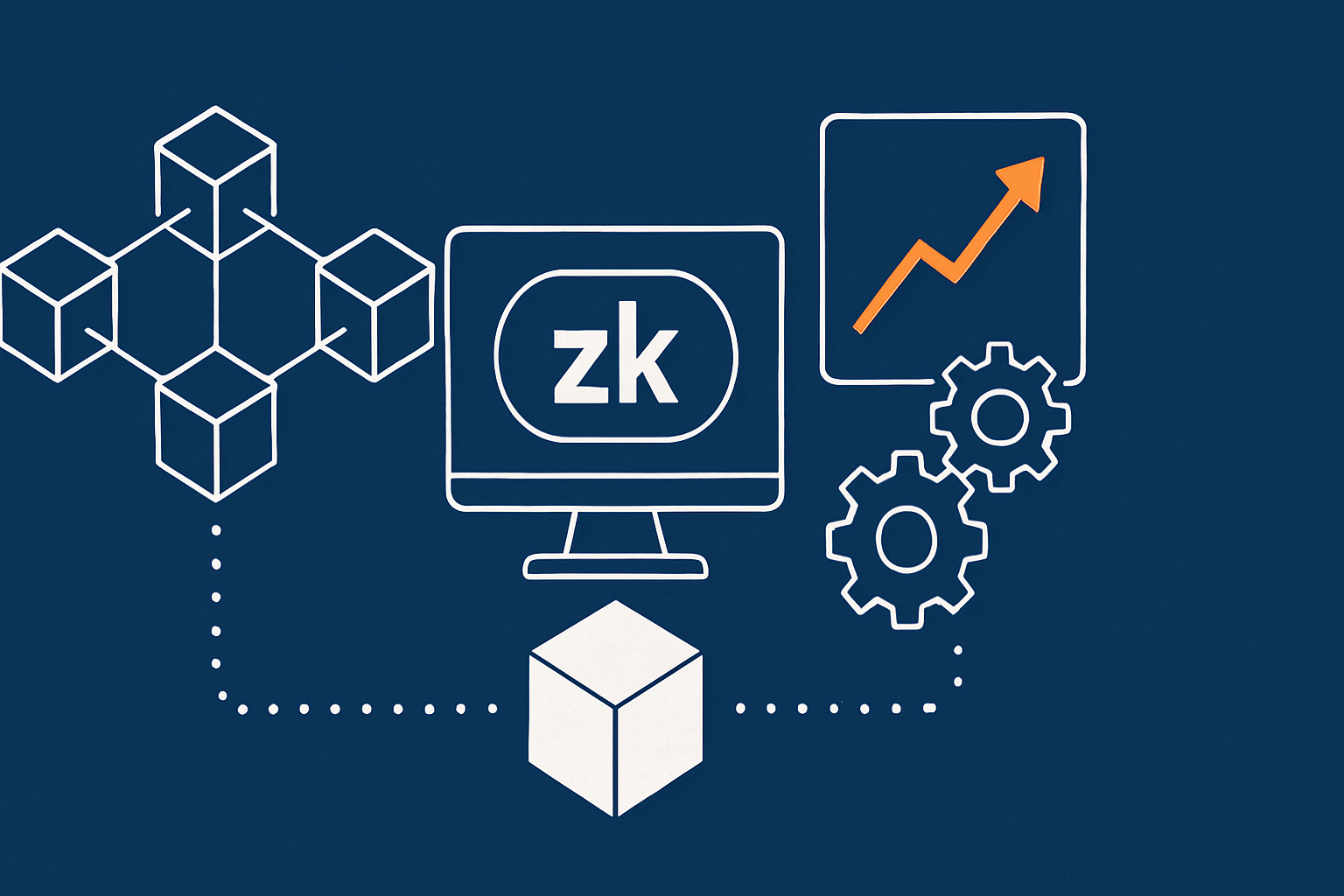
Blockchain technology has revolutionized the way we think about decentralized systems, security, and transparency. However, one of the most pressing challenges that blockchain projects face today is scalability. As the number of users and transactions increases, networks often become congested, leading to slow processing times and high fees. This is where Layer 2 scaling solutions come into play, and among them, Zero-Knowledge Rollups (ZK Rollups) have emerged as a leading candidate for achieving high throughput while maintaining security and decentralization.
If you are planning to integrate a ZK Rollup scaling solution into your blockchain project, understanding how to evaluate the best fit is critical. This blog will guide you through the key considerations and evaluation criteria to help you choose the most suitable ZK Rollup scaling solution for your project’s unique needs.
Understanding ZK Rollups and Their Importance
Before diving into the evaluation process, it is essential to grasp what ZK Rollups are and why they matter. Zero-Knowledge Rollups are a Layer 2 scaling technology designed to increase transaction throughput by bundling or "rolling up" hundreds of transactions off-chain and then submitting a succinct cryptographic proof (called a zk-SNARK or zk-STARK) to the main Ethereum chain or any base layer blockchain. This process ensures the correctness of the bundled transactions without revealing the underlying data, offering both scalability and privacy benefits.
Unlike optimistic rollups, which rely on fraud proofs and have longer withdrawal times, ZK Rollups generate validity proofs that are quickly verifiable, thus reducing latency and risk. This makes ZK Rollups highly attractive for projects demanding high-speed transaction finality and robust security.
Project Requirements: Defining Your Scaling Needs
Every blockchain project has unique requirements based on its use case, target audience, and ecosystem goals. The first step in evaluating the best ZK Rollup solution is to clearly define your project’s scaling needs. Consider the expected transaction volume, user base growth projections, and the types of transactions your platform will handle. For example, a decentralized finance (DeFi) protocol with high-frequency trades will have different scalability demands compared to a gaming project with complex on-chain interactions.
It’s also vital to understand your latency tolerance—how quickly you want transactions to finalize. Some projects require near-instant finality, while others can afford slight delays. Furthermore, your project’s security expectations must align with the rollup’s guarantees. Identifying these parameters upfront will narrow down the list of potential ZK Rollup solutions.
Compatibility with Existing Infrastructure
A critical aspect of evaluation is checking the compatibility of a ZK Rollup with your existing blockchain infrastructure and smart contracts. Different rollup solutions might support varying virtual machines or smart contract languages. For instance, some ZK Rollups are designed primarily for Ethereum’s EVM (Ethereum Virtual Machine) compatibility, allowing projects to migrate or extend existing contracts seamlessly. Others might require rewriting smart contracts in specific languages or adapting to new virtual environments.
Ensuring that the rollup solution integrates smoothly with your current development stack and tools can save time and reduce risks during deployment. Additionally, consider the ease of onboarding your development team onto the chosen technology, as familiarity and support can accelerate your project’s growth.
Security and Trust Assumptions
Security remains paramount in blockchain scaling solutions. Although ZK Rollups are known for their strong cryptographic guarantees, not all implementations are created equal. When evaluating a rollup solution, scrutinize its security model, including the assumptions it makes about validators, sequencers, and data availability.
Some ZK Rollups rely on a centralized sequencer that orders transactions before generating proofs, which could potentially become a single point of failure or censorship. Others employ decentralized sequencers or committees to enhance resilience. Moreover, data availability mechanisms differ; some rollups post compressed transaction data on-chain, while others use off-chain storage, which may affect trust levels.
Reviewing audits, bug bounties, and the security track record of the rollup providers or protocols can offer insight into their reliability. A strong and transparent security posture is non-negotiable, especially for projects handling valuable assets or sensitive user data.
Throughput and Cost Efficiency
The core promise of ZK Rollups is scalability, but the extent to which this promise is fulfilled varies across implementations. It is crucial to evaluate the throughput capabilities of a rollup solution—how many transactions it can process per second (TPS)—and how that aligns with your projected needs. Higher throughput can improve user experience and reduce congestion.
However, throughput must be balanced against cost efficiency. Although ZK Rollups significantly reduce gas fees compared to executing transactions on Layer 1, some rollups might still have variable costs depending on the proof generation complexity or the volume of data posted on-chain. The costs can also be influenced by the underlying Layer 1 blockchain’s gas prices.
A comprehensive evaluation will analyze transaction fees in typical usage scenarios, including peak loads. Transparent fee models and predictable costs can aid in budgeting and incentivizing user adoption.
Developer Ecosystem and Tooling
The strength of the developer ecosystem surrounding a ZK Rollup can impact the ease of integration and long-term support. Popular rollups with active communities tend to have extensive documentation, developer tools, SDKs, and example projects, all of which simplify building and troubleshooting.
Check if the rollup supports popular development frameworks and whether there are active forums, GitHub repositories, and community channels where developers can seek help. Moreover, consider the availability of third-party integrations, such as wallets, oracles, and analytics platforms, which can accelerate your project’s functionality and adoption.
A vibrant ecosystem not only shortens development cycles but also signals ongoing maintenance and improvements by the protocol maintainers.
Proof Generation Time and Infrastructure Requirements
ZK Rollups depend heavily on generating cryptographic proofs to verify batched transactions. This proof generation process can be computationally intensive, impacting the speed at which transactions finalize. Different rollup implementations employ various proof systems (zk-SNARKs, zk-STARKs), each with its own trade-offs in terms of speed, proof size, and trust assumptions.
Evaluate the average proof generation time and whether the rollup provides options for on-chain or off-chain proof generation. Additionally, understand the infrastructure requirements for running nodes or sequencers, such as hardware specifications and bandwidth. Projects with limited resources might prefer rollups with lighter infrastructure demands.
If your project anticipates heavy transactional loads, the scalability of the proof generation process itself becomes critical to prevent bottlenecks.
Data Availability and User Experience
One of the biggest challenges with rollups is ensuring data availability—the ability for users to access the necessary transaction data to validate state transitions independently. ZK Rollups vary in their approach to data availability, with some posting full data on-chain and others relying on off-chain solutions.
On-chain data availability offers stronger security guarantees but can increase costs. Off-chain data availability solutions might offer cost savings but introduce risks of data withholding or censorship.
Furthermore, the user experience related to transaction finality, withdrawal times, and wallet compatibility depends heavily on the rollup’s data handling methods. Some ZK Rollups support instant withdrawals thanks to validity proofs, while others might have longer delays depending on the design.
Understanding these nuances will help you predict how users will interact with your platform and manage their assets, which is key for adoption.
Ecosystem Support and Partnerships
Selecting a ZK Rollup backed by strong ecosystem support can be advantageous. Many leading rollup projects collaborate with prominent Layer 1 blockchains, wallet providers, exchanges, and DeFi protocols to ensure smooth interoperability and liquidity.
Investigate whether the rollup solution you are considering has established partnerships or integration programs that could benefit your project. Such collaborations can enhance network effects, user trust, and cross-platform usability.
Additionally, some rollups participate in open-source initiatives or have governance mechanisms allowing projects like yours to influence future developments.
Governance and Decentralization
Governance models of ZK Rollup solutions vary widely. Some rollups are controlled by centralized teams or foundations, while others are moving towards decentralized governance through token holders or community councils.
Consider how governance affects your project’s autonomy, security, and upgrade path. A highly centralized rollup might offer faster upgrades but could pose risks related to censorship or trust. Conversely, decentralized governance may provide greater security and community alignment but could introduce slower decision-making processes.
Understanding the governance structure is particularly important if your project values decentralization as a core principle.
Roadmap and Future Proofing
The blockchain landscape evolves rapidly, with new scalability innovations emerging regularly. When choosing a ZK Rollup, evaluate its development roadmap and vision for future enhancements. Is the project actively improving proof efficiency, expanding cross-chain compatibility, or integrating with emerging technologies like ZK-Rollup-based bridges?
A forward-looking solution ensures that your project can adapt and scale alongside evolving standards and user expectations. Moreover, projects with transparent roadmaps and active communication demonstrate commitment and reliability.
Future-proofing your choice reduces the need for costly migrations or major reengineering down the line.
Support and Commercial Terms
Finally, consider the level of commercial support and service agreements offered by the rollup providers. For enterprise or mission-critical projects, having access to dedicated technical support, SLAs (service-level agreements), and professional services can be invaluable.
Some ZK Rollup platforms offer turnkey solutions, managed services, or consulting to help projects deploy and optimize their scaling layers. Assess these offerings based on your team’s capabilities and the complexity of your use case.
In addition, review the pricing models, licensing terms, and any lock-in clauses that might affect your project’s flexibility.
Conclusion
Selecting the best ZK Rollup scaling solution for your blockchain project requires a multi-faceted evaluation approach. It involves understanding your project’s unique scaling needs, ensuring compatibility with your existing infrastructure, and scrutinizing the security and performance characteristics of potential rollups. Considerations around developer tooling, proof generation, data availability, governance, and ecosystem support further influence the suitability of each option.
By carefully analyzing these factors and aligning them with your project goals, you can choose a ZK Rollup solution that not only addresses today’s scalability challenges but also empowers your project to grow sustainably and securely in the future. As the Layer 2 landscape continues to mature, making an informed, strategic decision on your scaling technology will position your project for long-term success in the competitive blockchain ecosystem.

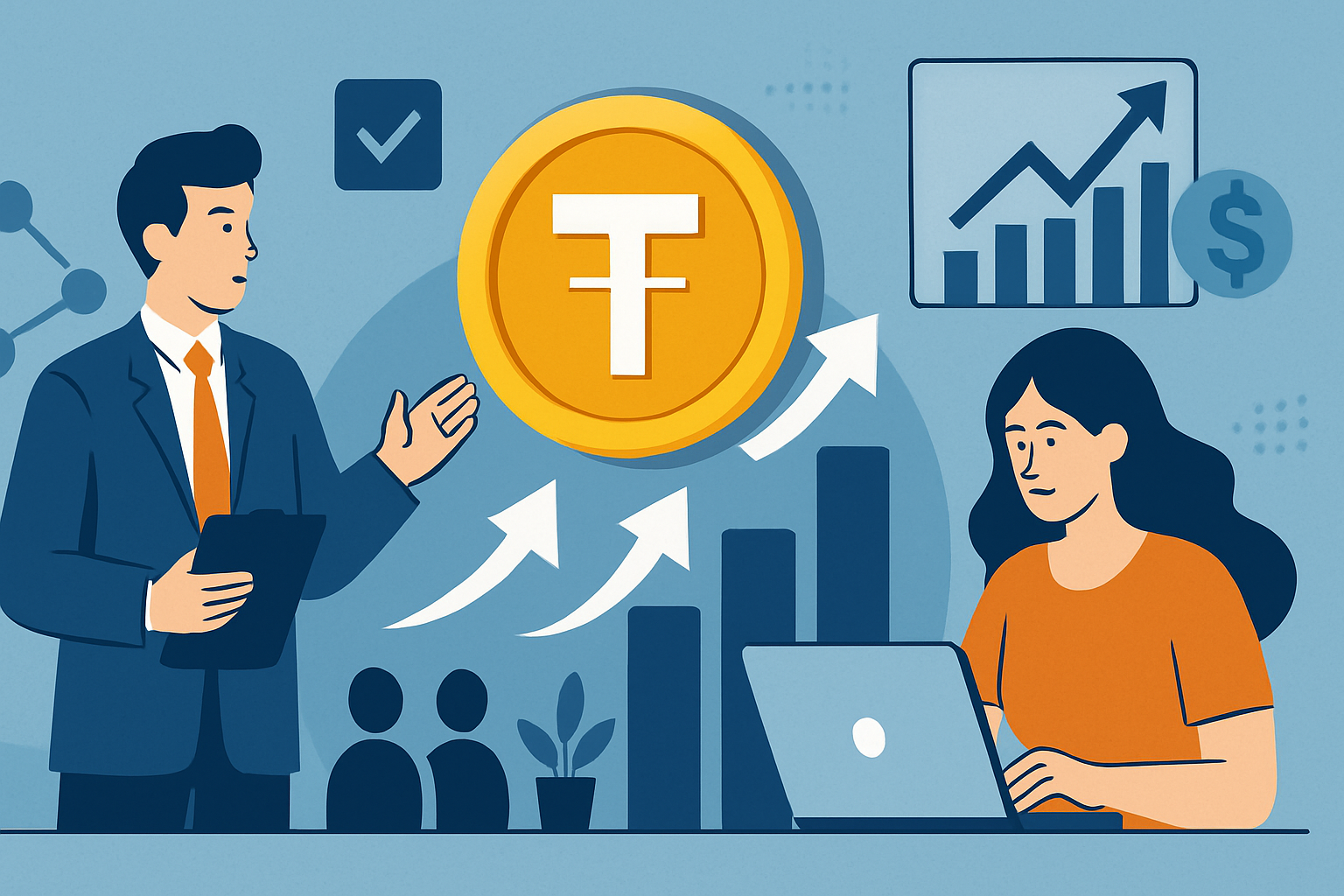
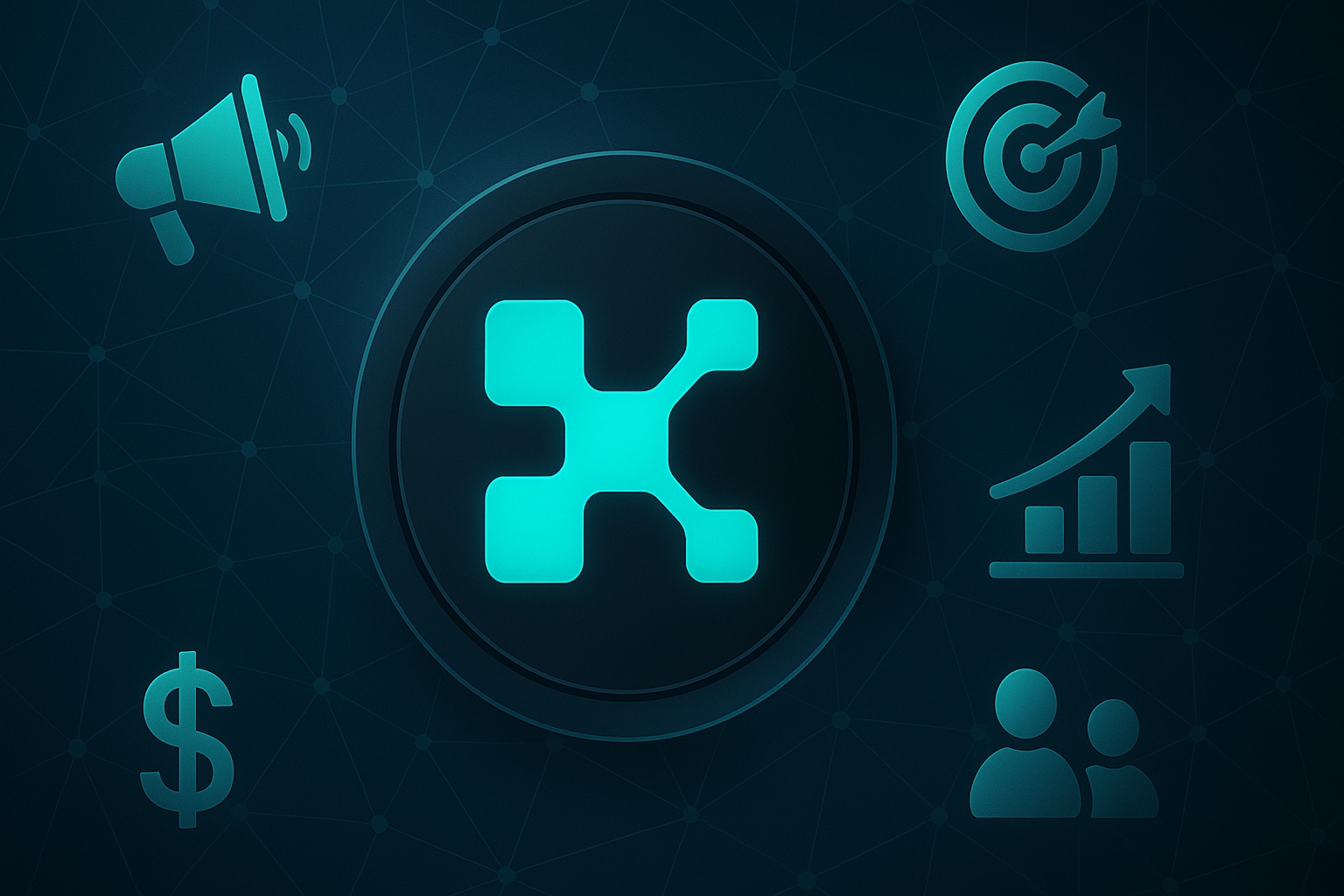


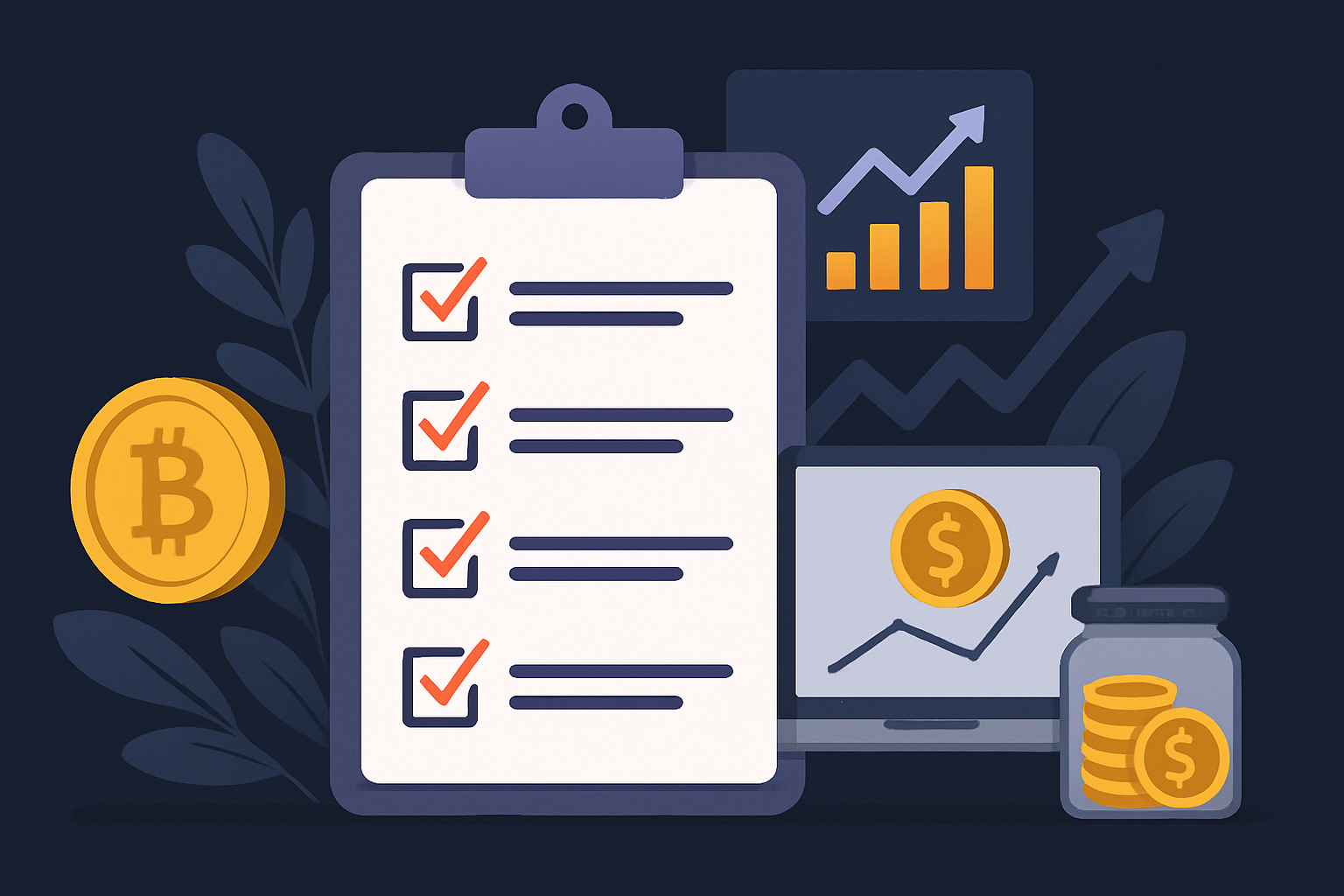
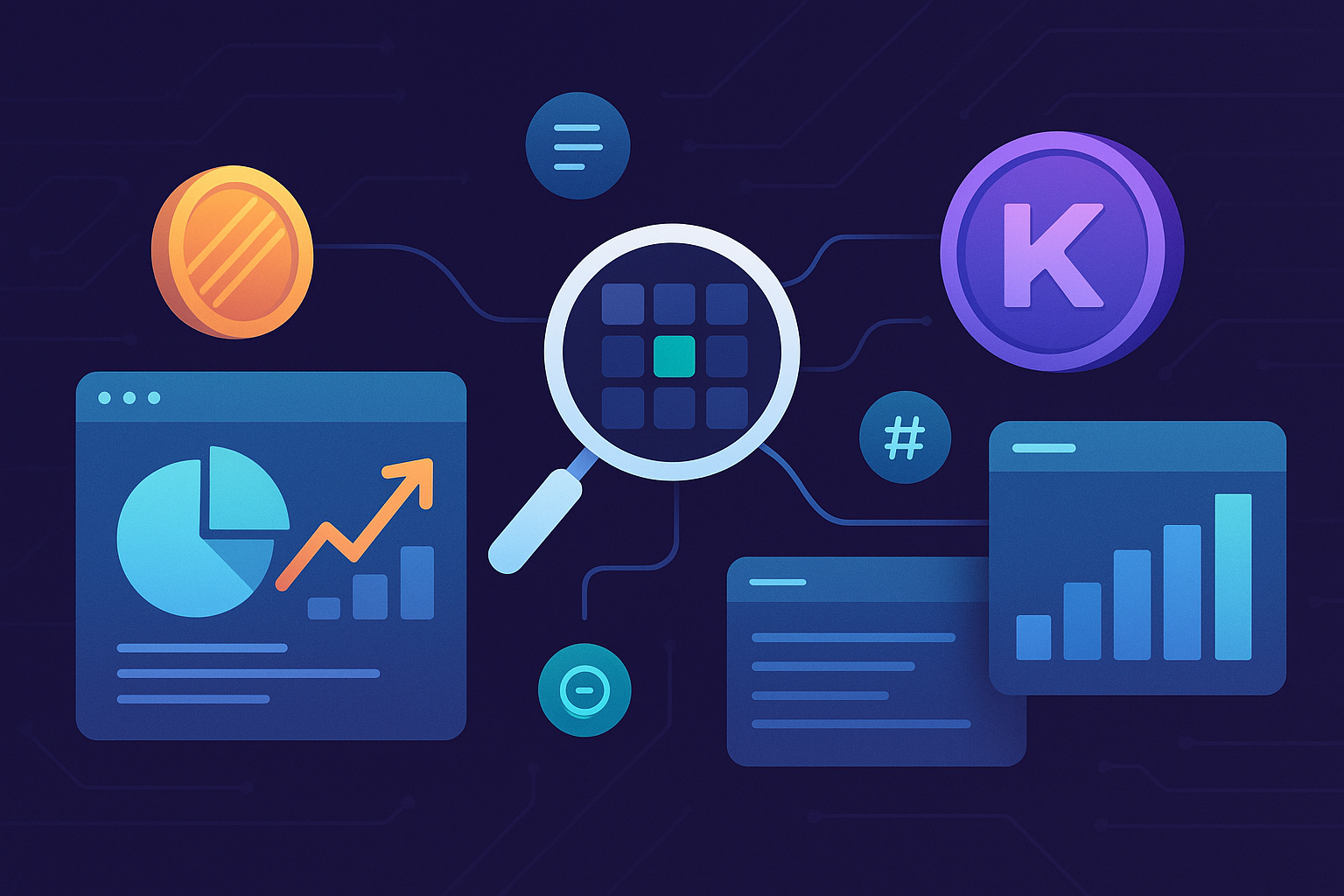













Write a comment ...